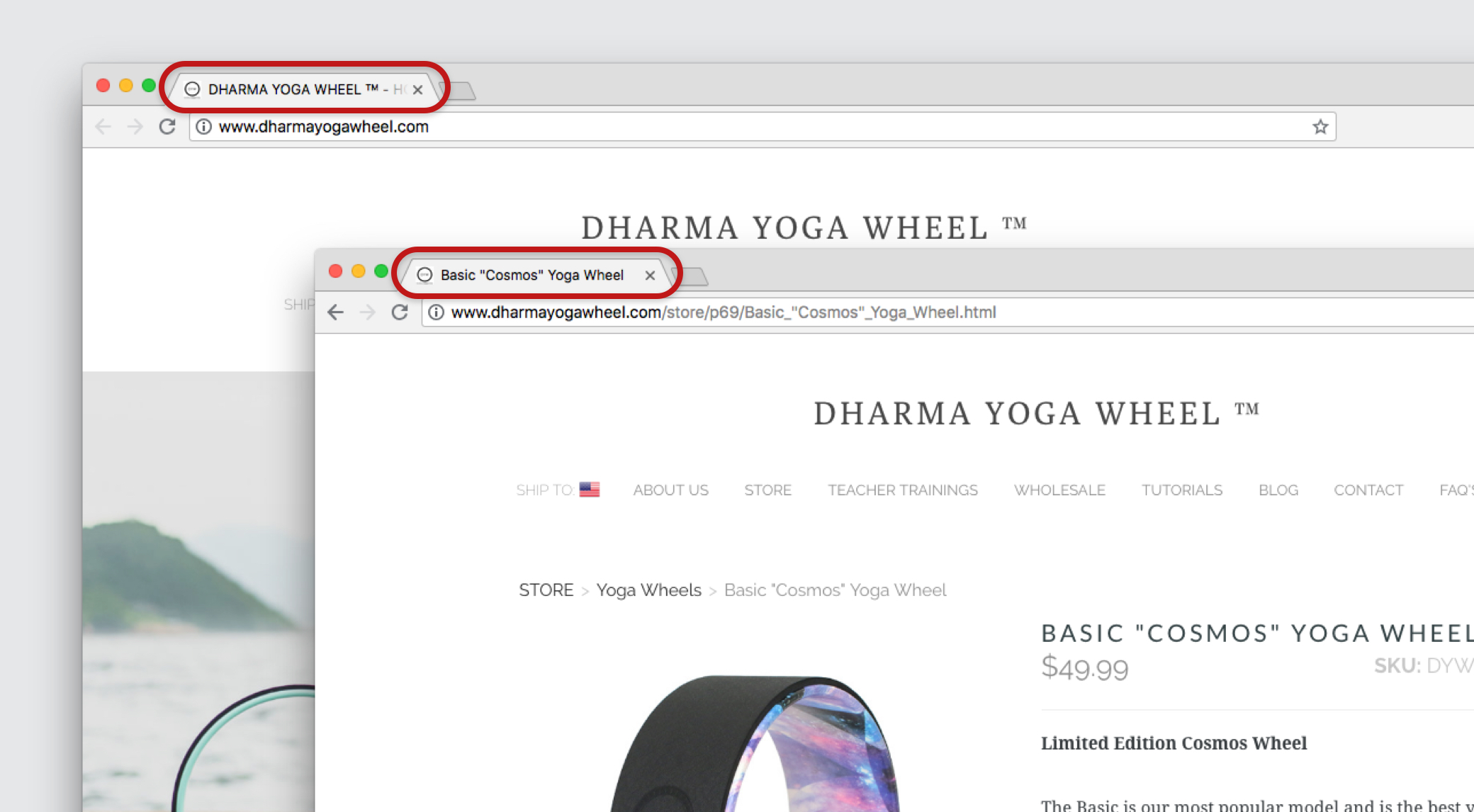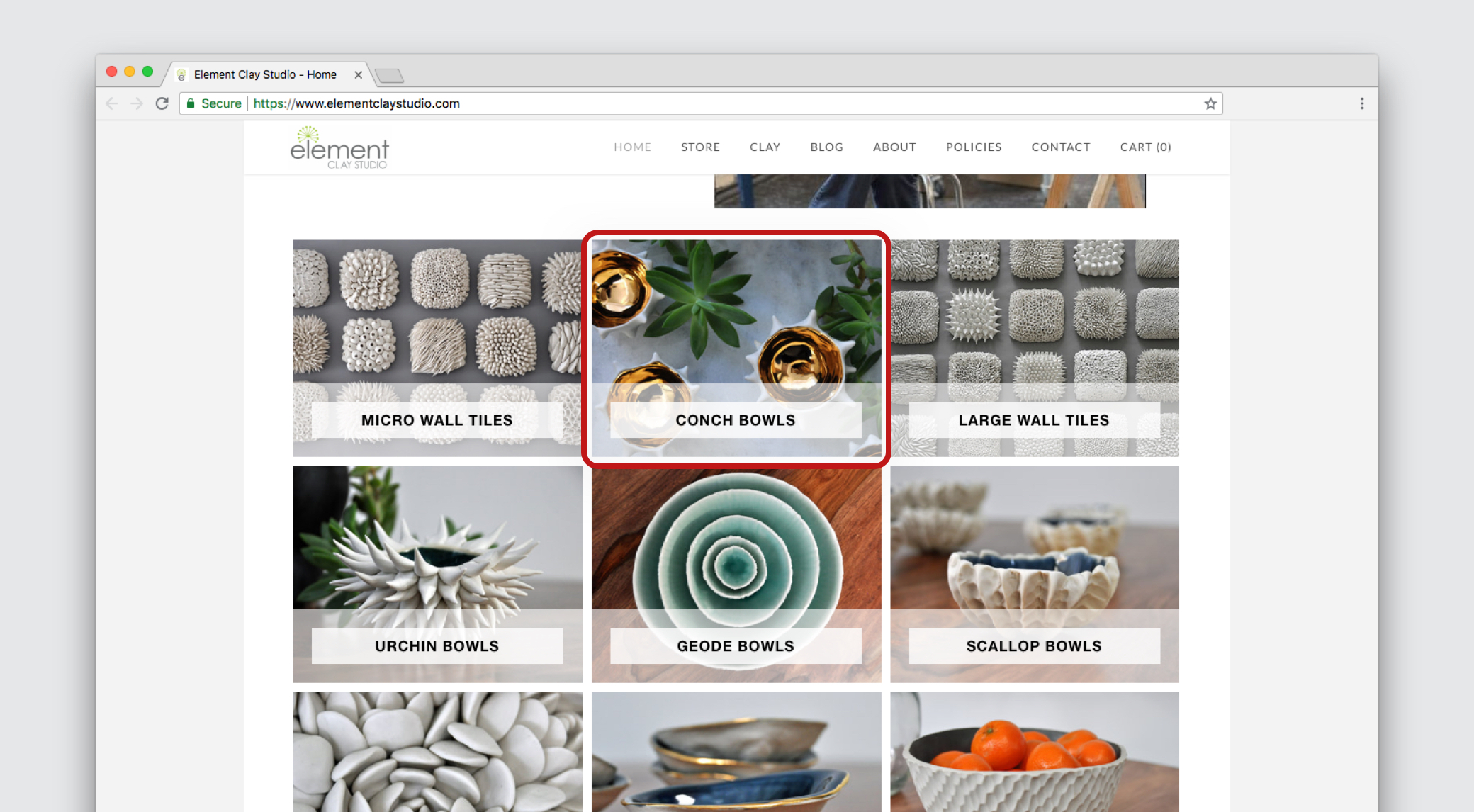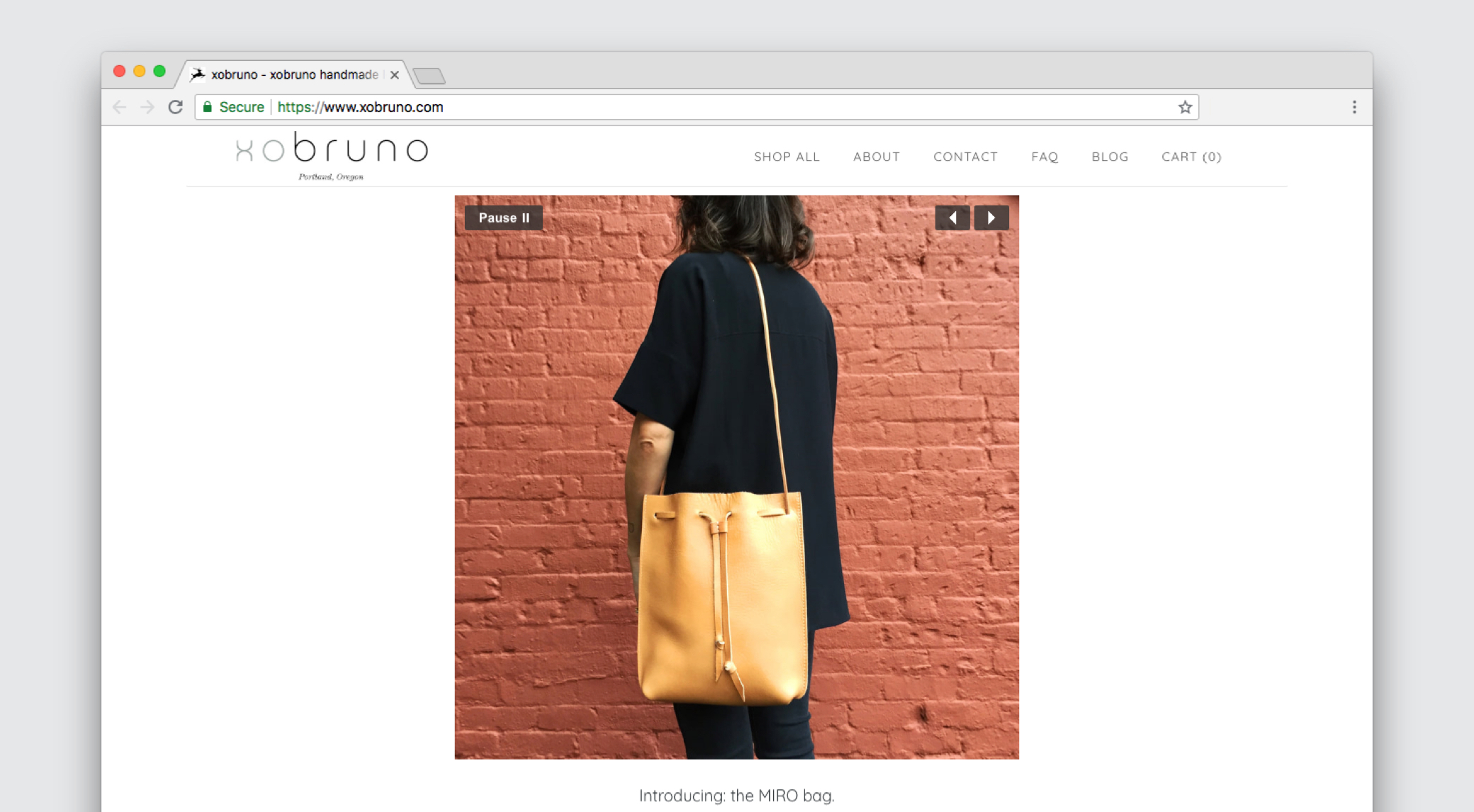SEO and your website's architecture: everything you need to know to attract an audience

Most often when ecommerce entrepreneurs talk about Search Engine Optimization, or SEO, they’re talking about writing content or product descriptions so irresistible Google has to rank them high in search results. While all of that is good advice, good SEO also includes good website design, keywords, domain names and more.
The Power of Keywords
Good SEO comes from intelligently answering the following questions: who would get value from visiting my site and what would they want to know? This, in essence, is keyword research — discovering the queries potential customers enter into Google in order to find content and products you’ll offer.
Say you’re a small pet enthusiast with plans for an ecommerce site serving chinchilla owners. Ask owners what they search for online. You can also test several potential questions using Google Keyword Planner — you’re looking for phrases that generate plenty of interest and which are relevant to your site’s offerings. In this case, “Chinchilla care” would be an excellent keyword phrase.
Once you’ve chosen the keywords that best describe what potential customers are seeking, take action. Follow these six steps when optimizing your website to increase your odds of your gaining and sustaining valuable traffic.
1. Choose a Descriptive Domain
Your domain should say something about what you offer but also be short and memorable. So, sticking with our pet enthusiast example, if your aim is to help chinchilla owners care for their pets, try chinchillacare.com. The more descriptive your domain is, the more it reflects what your ecommerce site offers to visitors, the more SEO benefit you’ll receive.
2. Use Title Tags

Title tags describe a page's content in search results, on social networks like Facebook and Twitter, and on browser tabs. Notice how Dharma Yoga Wheel uses their product name, Basic "Cosmos" Yoga Wheel, in the product page title tag.
Every single page of your ecommerce site should have a title tag. Think of it as a headline—and it’s easy to set up—that’s also a phrase which captures your keywords. So, for example, a good title tag for the main product page at chinchillacare.com might be, “Chinchilla Care: Products to Make Your Friend Feel Cozy.”
3. Provide Helpful Meta Descriptions
If title tags are the teaser, the meta description is what gets a potential customer to go from looking at to clicking a link to your site from a Google search results page. Think of it as a quick ad that describes what a visitor will find when they arrive at your page. For chinchillacare.com, it may be something like, “your chinchilla could live 15-20 years, we’re here to help you take care of her.” Use keywords to maximize the odds of your description being seen.
4. Optimize Navigation

Element Clay Studio added product category links to the homepage, one of the best places to include internal content links
We’re talking not just about having an intuitive menu where it’s easy to move around your site, but also providing internal links where it makes sense to do so. For chinchillacare.com, an article about the importance of using aspen wood as a cage covering should link back to your store and to the aspen wood options you have in stock.
5. Write Engaging Content
Now it’s time to get specific. Just as your domain should be specific to what you offer, your blog, product descriptions and every other page on your ecommerce site should at least touch on the keywords you’ve chosen for your business, and provide tangible value to your visitors. In the case of chinchillacare.com, good examples might be a tutorial on safe treats for your chinchilla (products you’ll sell, of course) or guidelines for how often to let your friend out of her cage to play.
6. Add Images and Videos Throughout

XO Bruno shows off their new MIRO bag with an eye-catching product photo slide show.
Good content performs best when accompanied by images and video that complement the text. In the case of chinchillacare.com, a short video explaining how to set up a dust bath for a chinchilla could go nicely with an article about letting your pet out to play. Make sure the video and any accompanying images also have captions and use the Image Alt Tag to accurately describe for search engines the media being shown on the page since accurate descriptions, too, can boost SEO.
The Takeaway
You may have written the world’s most informative and in-depth article on caring for chinchillas — and carry the best products for keeping these fuzzy friends happy — but if your site is called “Pet Care 101” and chinchillas are just one of a dozen small animals you’re writing about, the odds of Google treating your site as an authority on the subject of caring for chinchillas will be slim, at best.
Don’t make that mistake; design with your ideal customer in mind. Choose a descriptive domain and make good use of title tags. Include helpful meta descriptions and intuitive navigation to make your best content easy to find — and then make sure your content is not only relevant but also interactive, using images and videos to boost engagement.
In other word, SEO and website design aren’t distinct practices. For the best and most engaging ecommerce sites, they go hand-in-glove.
Author Bio
Alena Courtney is a Content Marketing and Organic Growth Manager at Weebly. Weebly makes it surprisingly easy to build a high-quality website, blog or online store with powerful ecommerce features and beautiful responsive themes.